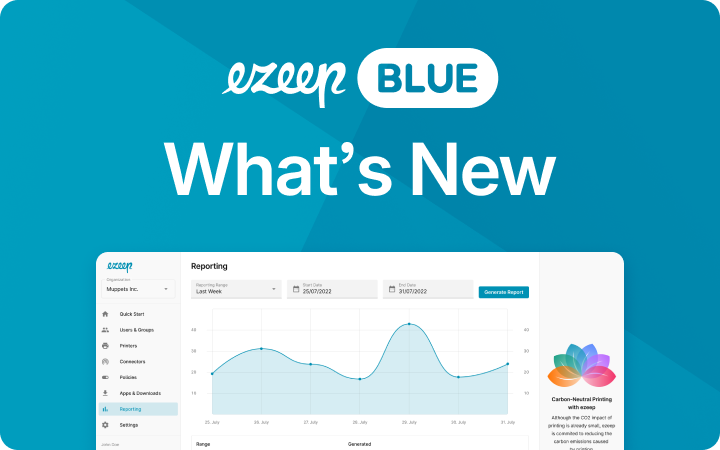What Is Cloud Computing? What It Means & Why It’s Smart Business
Cloud-based services for businesses are web-based applications that run on servers located in remote locations, rather than in-house. When a company or organization talks about ‘moving to the cloud,’ this marks a shift from dedicated hardware (which depreciates over time) and software (which is costly and cumbersome to upgrade), to a shared cloud computing infrastructure or software-as-a-service (SaaS) that lets you outsource the upkeep, improvement and storage of these applications while simply paying-as-you-go.
The IT and business benefits of cloud-sourcing basic office infrastructural requirements — think email, telecommunications, data storage, printer-network infrastructure and video conferencing — are manifold. Perhaps the key benefit of cloud computing with SaaS is allowing IT department to devote human resources and brain power to the creation of innovative, proprietary projects that distinguish a business from competitors, rather than expending effort to build-up basic infrastructure.
Because cloud-based applications run on the web, IT departments can implement these programs and onboard everybody in their company in a relatively short time, while their management and maintenance is primarily taken care of by the SaaS provider. Basic infrastructural software engineering often isn’t a task worthy of the people staffing an IT department, and cloud computing allow them to instead devote energy to meaningful problem solving. When IT is freed-up from tending to low-value projects, they can focus on strategic activities that add significant value to the company’s intellectual property and, ultimately, the company’s bottom line.
Cloud computing was originally the domain of early adopters looking to innovate their IT, but today it’s become a backbone of even the Fortune 500, other major international organizations, universities and some branches of national governments. Why? Cloud infrastructure can be seamlessly and quickly integrated into existing enterprise applications; it simply places another layer on either traditional, but also other cloud-based, software. Another important feature of SaaS is the ability to easily scale its reach within an organization, because its implementation doesn’t require inordinate integration requirements — IT personnel can often onboard new users and machines in just a matter of clicks. This ‘low-risk’ deployment is, in part, due to the cloud’s efficacy at eliminating traditional software and hardware from your infrastructure.
The benefits of the cloud are oft-extolled, but concerns about security, particularly for enterprise cloud solutions, warrant further consideration here. It can be the case that certain in-house administrators might lack extensive IT training, particularly in the realm of security. When these professionals are called-upon to implement data security standards for infrastructure development, steep learning curves might be involved. For SaaS providers, whose very business is to adhere to security procedures and policies for the benefit of their clients, security is a preeminent aspect of their development framework for cloud computing.
For CIOs or other IT decision makers, who must make high-stakes decisions around security, it’s important to ask for validation and verification of data encryption standards before contracting with them, gathering sufficient basic knowledge about how a cloud computing service manages security. Another valid concern within organizations is how people interact with cloud-based applications. Encourage people to create complex, and thus substantially more secure, passwords in order to further maximize security when using a cloud-based service.
